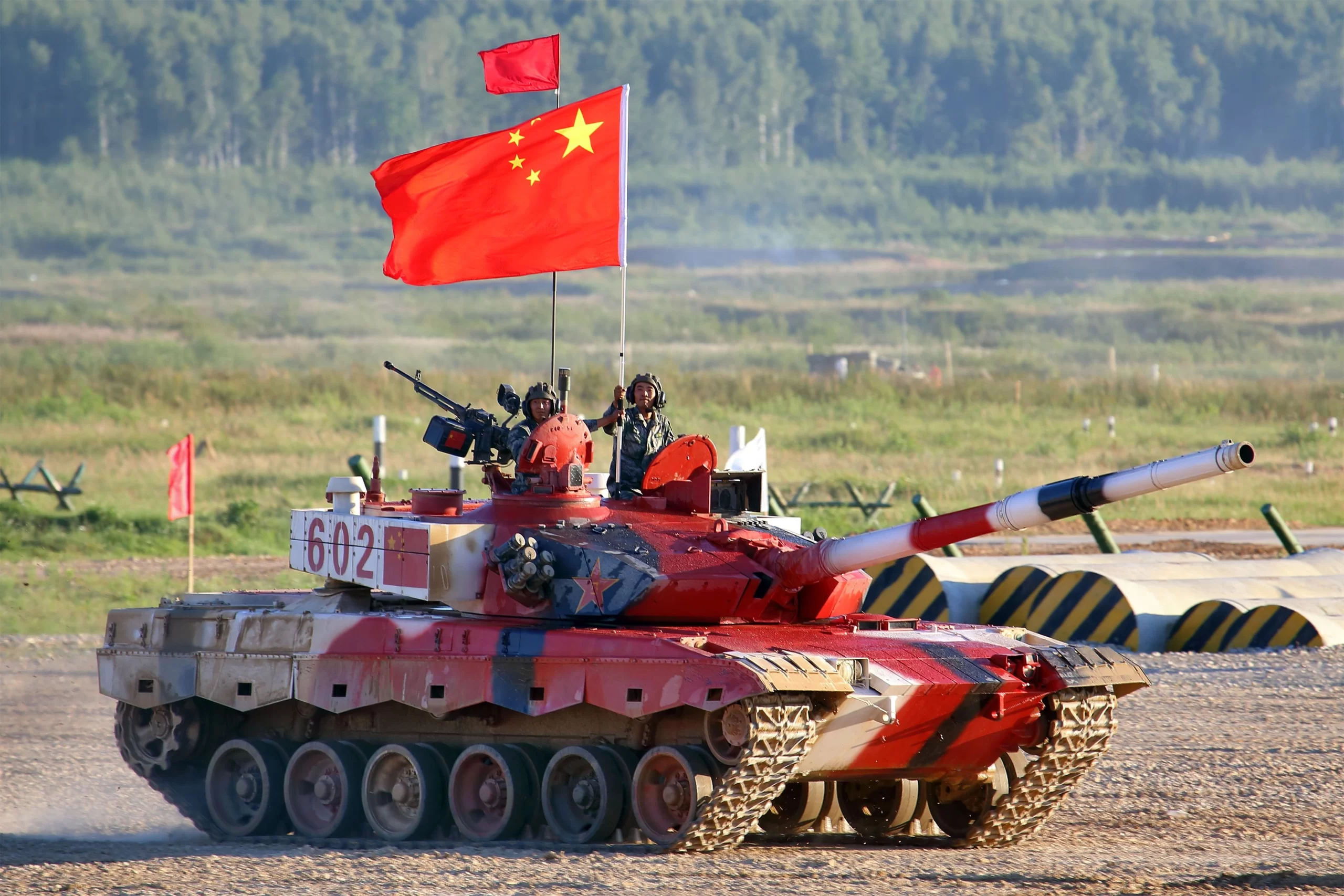China’s Military Overhaul: Embracing Technological Advancements for Modern Warfare
China’s recent unveiling of its most extensive military restructuring in nearly a decade marks a pivotal moment in its strategic evolution. This comprehensive overhaul, characterized by a significant emphasis on technology-driven strategic forces, reflects Beijing’s ambitious pursuit of military primacy, particularly amidst escalating geopolitical tensions in the Indo-Pacific region and intensifying competition with Washington.
Background: Setting the Stage
The backdrop against which China’s military restructuring unfolds is complex and multifaceted. As a rising global power and the world’s second-largest economy, China’s assertive stance on the international stage has been increasingly pronounced. Central to its strategic vision is the modernization of its military capabilities, a process that has been ongoing for decades but has gained renewed momentum in recent years.
Motivations and Objectives
At the core of China’s military overhaul lies a strategic imperative to develop a more technologically advanced and operationally agile force. Several key motivations underpin this ambitious undertaking:
- Regional Dynamics and Power Projection: In a region characterized by geopolitical rivalries and territorial disputes, China faces a complex security environment. The United States’ formidable military presence in the Indo-Pacific, coupled with growing assertiveness from regional actors, necessitates that China enhance its military capabilities to safeguard its interests and assert its influence.
- Adaptation to Modern Warfare Realities: The evolving nature of warfare, characterized by technological innovation and non-traditional threats, demands that China adapt its military structure and doctrine accordingly. By prioritizing technology-driven capabilities, China aims to ensure its military remains relevant and effective in contemporary conflict scenarios.
- Technological Advancements and Innovation: China’s significant strides in various technological domains, including artificial intelligence, cyber warfare, and unmanned systems, offer a unique opportunity to revolutionize its military capabilities. Leveraging these advancements is integral to maintaining a competitive edge and countering potential adversaries.
Key Components of the Restructuring
China’s military restructuring encompasses several key components, each designed to enhance its capabilities and readiness for modern warfare:
- Integration of Advanced Technologies: Central to the overhaul is the integration of cutting-edge technologies across all branches of the military. This includes investments in areas such as cyber warfare, space capabilities, and information warfare, which are increasingly shaping the dynamics of contemporary conflict.
- Development of Strategic Forces: China is placing particular emphasis on the development of strategic forces capable of projecting power across various domains. This includes investments in long-range precision strike capabilities, naval expansion, and the modernization of its air force to bolster its capacity for power projection and deterrence.
- Optimization of Command and Control Structures: Recognizing the importance of agility and responsiveness in the face of evolving threats, China is reevaluating its command and control structures. Streamlining decision-making processes and improving coordination between different branches of the military are priorities in this regard.
- Human Capital Development: In tandem with technological advancements, China is investing in the training and recruitment of personnel equipped with the skills and expertise necessary to operate advanced weaponry and navigate complex battlefield environments. Emphasizing personnel development is crucial for maximizing the effectiveness of modern military capabilities.
Implications and Regional Dynamics
China’s military restructuring carries significant implications for regional security dynamics and the balance of power in the Indo-Pacific:
- Heightened Competition with the United States: The restructuring aligns with China’s broader strategic goal of challenging U.S. military dominance in the region. As Washington seeks to maintain its position as the preeminent military power in the Indo-Pacific, China’s efforts to bolster its own capabilities are likely to exacerbate competition and increase tensions between the two powers.
- Impact on Territorial Disputes: China’s enhanced military presence, particularly in contested areas such as the South China Sea and East China Sea, has the potential to escalate existing territorial disputes with neighboring countries. The modernization of its naval and air capabilities raises concerns among regional actors and increases the risk of conflict.
- Response from Regional Actors: China’s military restructuring is prompting neighboring countries, including Japan, India, and Australia, to reassess their defense strategies and strengthen their security ties with the United States and other like-minded partners. This dynamic has implications for regional alliances and partnerships and could contribute to a broader security dilemma in the Indo-Pacific.
Conclusion: Charting the Course Ahead
China’s rollout of its most extensive military restructuring in nearly a decade underscores its ambition to assert itself as a dominant military power capable of shaping regional security dynamics. By prioritizing technology-driven strategic forces and adapting its military structure to meet the demands of modern warfare, Beijing aims to strengthen its position vis-à-vis its rivals and safeguard its national interests. However, the implications of China’s military overhaul extend far beyond its borders, influencing regional security calculations, alliance dynamics, and the broader geopolitical landscape of the Indo-Pacific. As China navigates this new era of military competition, the stakes are high, and the path forward remains fraught with challenges and uncertainties.


































